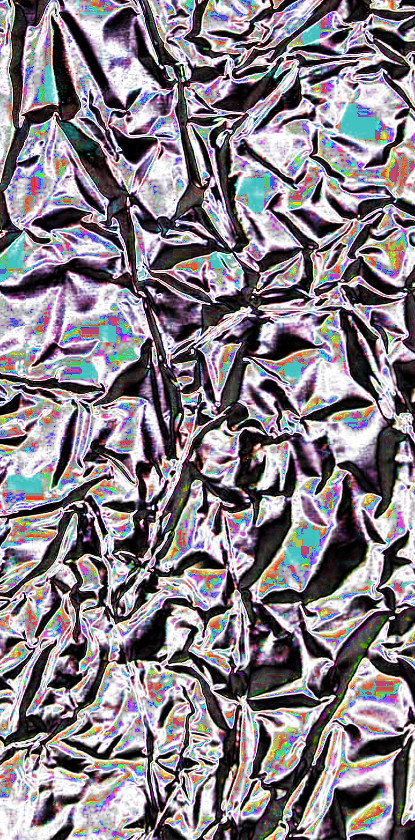ARENA aids Rio improvement
 Rio Tinto is receiving government funds to investigate whether its alumina refining could be improved with renewable hydrogen.
Rio Tinto is receiving government funds to investigate whether its alumina refining could be improved with renewable hydrogen.
On behalf of the Australian Government, the Australian Renewable Energy Agency (ARENA) has announced $579,786 in funding to Rio Tinto to support a feasibility study that will look at whether it can partially decarbonise its alumina refining operations using renewable hydrogen.
Conventional alumina refining combusts natural gas to achieve the high temperatures necessary in the calcination process.
Rio Tinto will investigate the technical implications of displacing natural gas with renewable hydrogen at its Yarwun alumina refinery in Gladstone, Queensland. The study would inform the viability of a potential demonstration project to validate the findings.
The $1.2 million study, funded equally by ARENA and Rio Tinto, will comprise two distinct work packages:
-
Simulating the calcination process using a lab scale reactor at Rio Tinto’s Bundoora Technical Development Centre in Melbourne
-
Preliminary engineering and design study conducted at Rio Tinto Yarwun to understand the construction and operational requirements of a potential demonstration project at the refinery
The study should allow an improved understanding of the potential for renewable hydrogen to be used in the alumina refining process and the scope of development works required to implement hydrogen fuelled calcination technology at an existing alumina refinery.
Australia is the world’s largest producer of bauxite and the largest exporter of alumina, accounting for 15 per cent of global alumina refining capacity.
Alumina refining is an energy intensive process that uses high pressure steam to produce the heat required to process bauxite into alumina. Alumina can then be converted to aluminium in a smelting process.
ARENA has identified the alumina sector as a key target in its strategy to support industry to reduce emissions due to the potential size of emissions abatement.
In 2019, alumina refining accounted for over 14 million tonnes of carbon dioxide in Australia, which represents approximately 24 per cent of Australia’s scope 1 manufacturing emissions.







 Print
Print